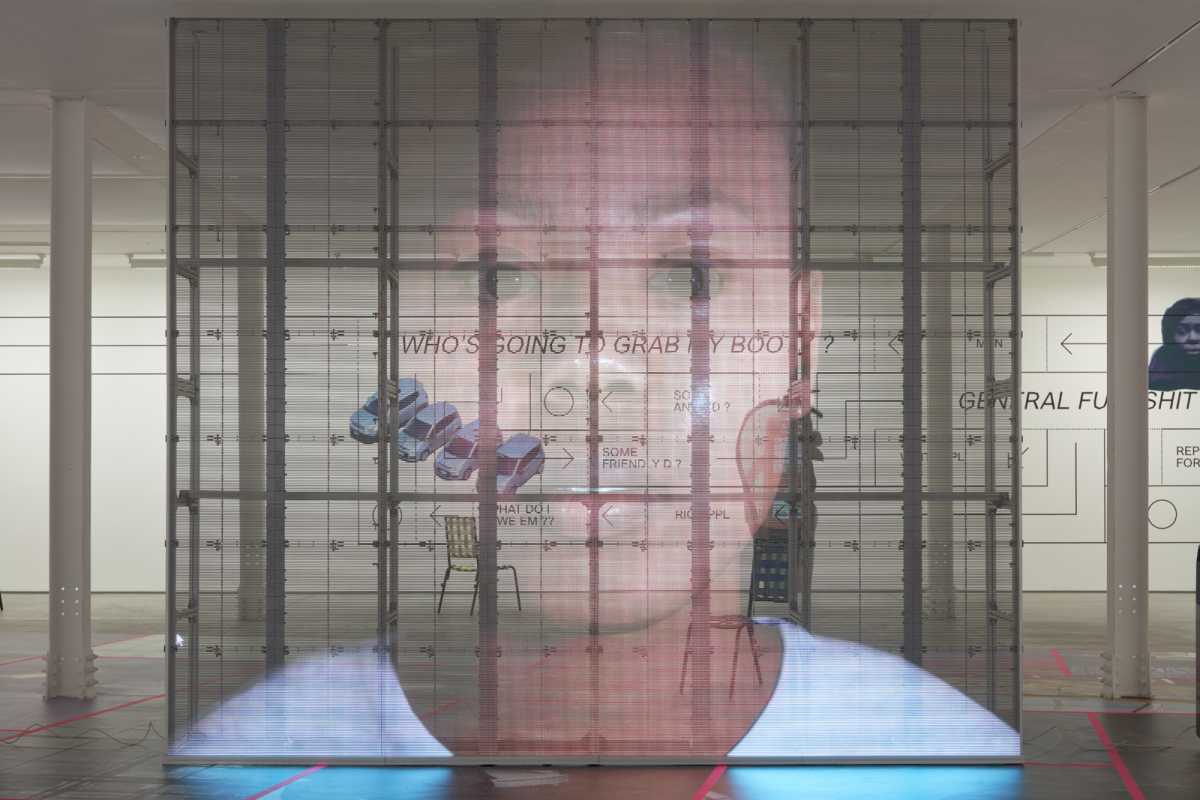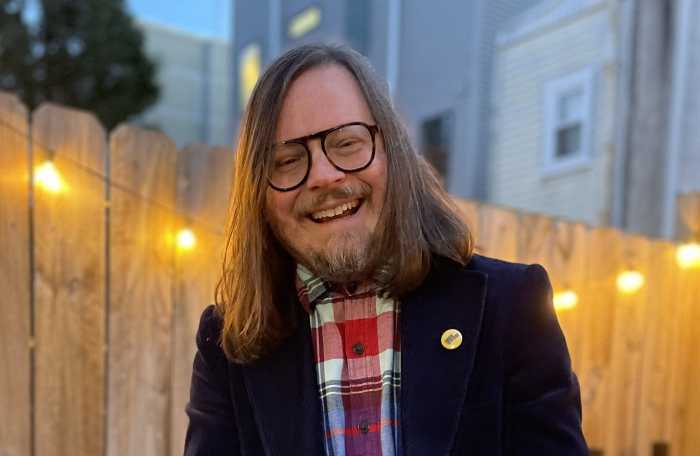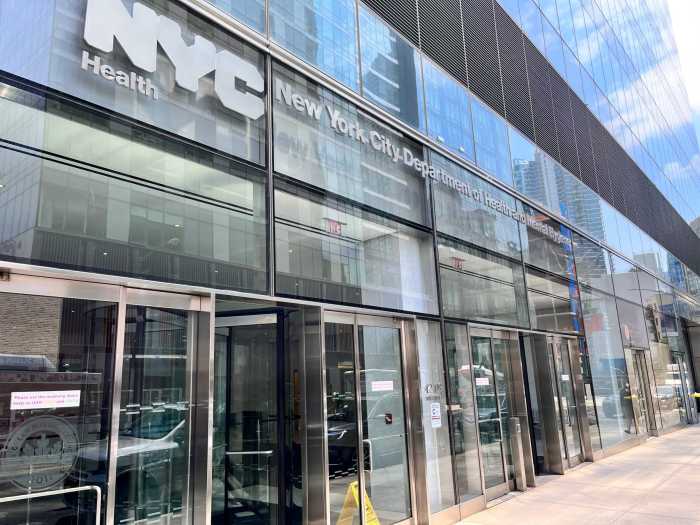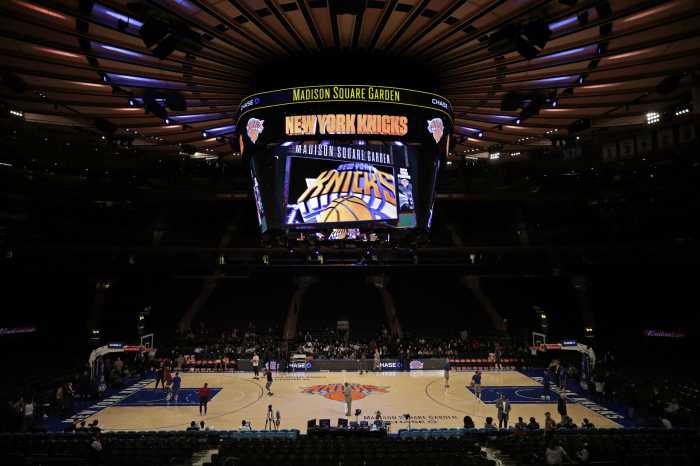Interdisciplinary artist Martine Syms has embraced the technological heights and sights of being a Black woman in America and has transformed her expansive stories into an immersive experience, entitled Neural Swamp.
Syms uses everything from found film footage and familiar Black cinematic tropes to create collage-like works and installations for Neural Swamp, an immersive piece touching on the artist’s research into machine systems “and the ways in which structures of power control our lives, inform our behaviors, occupy our minds, and shape how we see the world.”
The installation is on display May 14 through Oct. 30 at The Philadelphia Museum of Art. Neural Swamp is the second Future Fields Commission in Time Based Media, awarded biennially by the Philadelphia Museum of Art and the Fondazione Sandretto Re Rebaudengo, based in Turin, Italy.
Metro’s A.D. Amorosi spoke with Syms.

Amorosi: You have forever used video and live performance to examine representations of Blackness and womanhood. Now that streaming, TikTok and Instagram are major means of how we digest film and television imagery, how does that change the game for you?
Syms: For many years I’ve been interested in the intersection between the internet, cinema, and performance. In my 2015 film ‘A Pilot for a Show About Nowhere’ I discuss how social media has adopted the narrative tropes of the sitcom. Many people benchmark their lives against representations on social media, which is a bit more insidious because it feels more “real” than television ever did. I’m fascinated by how our mirrors change. What do we see through the funhouse of social media that we couldn’t before?
Amorosi: How do you think representations of Blackness and womanhood have changed via TikTok and Instagram – especially in the wake of George Floyd and MeToo?
Syms: The few months after the George Floyd uprisings brands started saying a lot more. I’m disgusted by virtue signaling. It’s the most transparent, shallow type of engagement. I was taking screenshots of everything from Tinder’s comment on racism to Caviar’s empty “Black Owned Business” carousel. Fortunately, my work exists next to, or maybe perpendicular to this type of media. I can mostly ignore it.
Amorosi: What’s the genesis of ‘Neural Swamp’, and its level of immersion?
Syms: I was working on a project called Mythiccbeing that came about during research between the parallels between threat modeling and psychoanalysis. I created a model based on my trauma. I wanted to make a copy of my voice but at the time the technology did not exist. The voice is a result of someone’s physical being, the body playing a score of everything that’s ever happened to you. It’s a unique footprint. Now we can copy it. The first part of Neural Swamp came out of wanting to make a voice model. I made three voice models, that perform almost like actors, across three screens. Then I made another model that uses machine learning to write the script they perform. It’s a bit like a never-ending table read. I wanted the space to be provisional, non-existent, and refer to sport, to film visual effects, to hyperspace.
Amorosi: Neural Swamp will inform, visually, but, how do you believe such totems of power control our lives, and shape how we see the world? And why do we continue to be so easily led?
Syms: I don’t know. I ask this question a lot. Many people are in survival mode or not present. It’s an overwhelming moment and I empathize with the desire to disconnect. It’s utterly heartbreaking to me when I see the lights out in people eyes.
Amorosi: What will audiences see and feel and hear walking into Neural Swamp? What is the world you are creating and why should we be changed after we leave it?
Syms: You enter a green room with seven large video displays bleeping and blooping with image and sound. Perhaps you hear a fragment from Kita, a 3D avatar considering her villain era through the archetype of the goddess Lillith. Or maybe you eavesdrop on two AIs planning to go out on a date. You feel like you’re in a garden or a video game or a gallery at the Philadelphia Museum of Art. You’re changing every moment. Even now. I don’t have to do a thing.



























